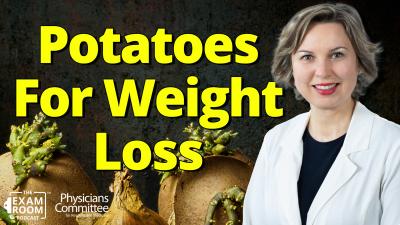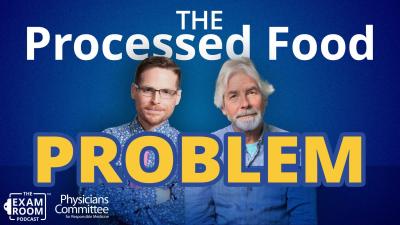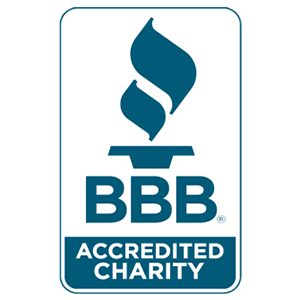How a Vegan Diet Could Still Raise Cholesterol | Dr. Kim Williams

You're eating a vegan diet. You're exercising. If you're doing everything "right" but your cholesterol is still high, don't miss this episode of The Exam Room. Dr. Kim Williams breaks down why your diet might be increasing your risk for heart disease, even if you're not eating any cholesterol.
Dr. Williams shares how other countries have lowered rates of heart disease with public policy changes that promote a plant-forward diet and introducing the traffic light system for nutrition labels. Plus -- he explains why a high-fiber diet is so crucial to lowering cholesterol.
If you feel like you’ve raised your health IQ, please leave a 5-star rating and nice review on Apple Podcasts or Spotify.
Discover how to lower your cholesterol with these tips.
Episode FAQs
If vegan foods don’t contain cholesterol, why can they still raise cholesterol levels?
Many vegan products are high in saturated fats and refined ingredients. Saturated fat stimulates the liver to produce more cholesterol, while an unhealthy microbiome, caused by sugar and ultra-processed foods, can worsen cholesterol absorption.
What role does the microbiome play in cholesterol and heart health?
The gut microbiome controls much more than digestion. It regulates immune responses, nutrient absorption, and even cholesterol breakdown. A high-fiber, whole-food, plant-based diet supports a healthy microbiome, while processed and sugary foods encourage harmful bacteria.
Are all ultra-processed vegan foods unhealthy?
Not necessarily. The NOVA classification defines ultra-processed foods broadly, but some products can be processed while still having a healthy sugar-to-fiber ratio, low sodium, and minimal saturated fat. Always check the ingredient list and nutrition label.
What is the impact of the traffic light system for food labelling?
In countries that have adopted red-yellow-green nutrition labels, consumer choices shifted almost immediately toward healthier options. Similar labeling in the U.S. could reduce purchases of high-fat, high-sodium foods and improve population health, according to Dr. Kim Williams.
.








